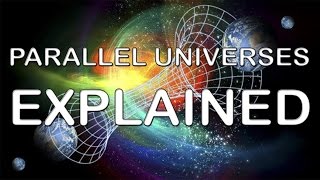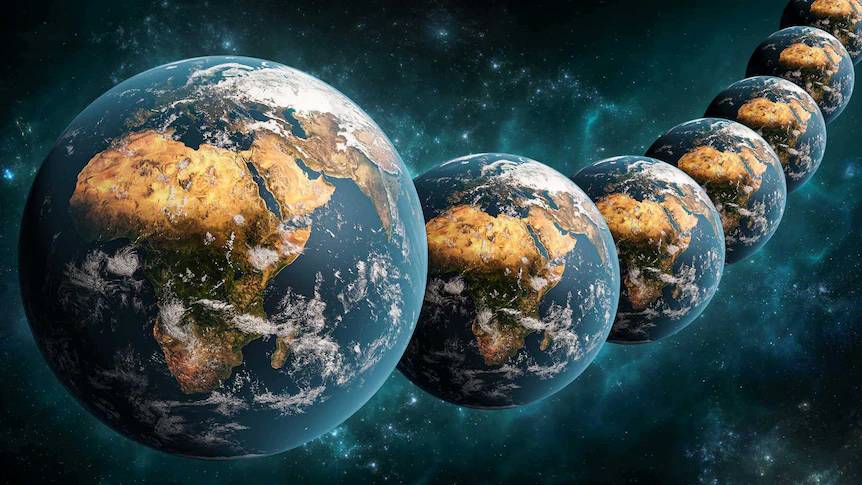

What are some of the most fascinating theories about the existence of parallel universes?
The concept of parallel universes, also known as the multiverse, has captured the imagination of scientists, philosophers, and fiction writers alike. While these theories are purely speculative at this point, they are rooted in scientific principles and have been proposed to explain various phenomena. Here are some of the most fascinating theories about the existence of parallel universes:
1. Many-Worlds Interpretation (MWI):
The Many-Worlds Interpretation is a theory proposed by physicist Hugh Everett III in 1957. It suggests that every time a quantum event occurs, the universe splits into multiple branches, creating a multitude of parallel universes. Each universe exists independently and contains every possible outcome of that quantum event. For example, if you toss a coin, in one universe it may land heads up, while in another universe it lands tails up. This theory attempts to explain the probabilistic nature of quantum mechanics.
2. Bubble Universes:
According to the theory of cosmic inflation, the universe underwent a rapid expansion shortly after the Big Bang. This theory suggests that during this expansion, different regions of space could have expanded at different rates, creating "bubble universes" with their own laws of physics. These bubble universes would exist alongside our own, but we would be unable to observe or interact with them. This concept is known as the bubble multiverse.

3. Brane Theory:
Brane theory, also known as M-theory, suggests that our universe exists on a three-dimensional brane (short for membrane) within a higher-dimensional "bulk" space. In this theory, our universe is just one of many branes floating in this higher-dimensional space. Each brane could have its own unique set of physical laws and particles. Interactions between these branes could explain phenomena such as gravity, which is relatively weak compared to other fundamental forces.
4. Quantum Immortality:
Quantum immortality is a thought experiment based on the Many-Worlds Interpretation. It suggests that if the MWI is correct, our consciousness will always find itself in a universe where we are still alive. In other words, every time we face a life-threatening situation, there will always be a universe where we survive, even if the odds are infinitesimally small. This theory, while intriguing, remains highly speculative and is not widely accepted.
5. Holographic Multiverse:
The holographic principle, proposed by physicist Juan Maldacena in 1997, suggests that all the information contained within a given volume of space can be encoded on its boundary. Applying this principle to the entire universe, some theories propose that our three-dimensional universe is a projection or hologram of a two-dimensional reality. This holographic multiverse could consist of an infinite number of two-dimensional universes, each with its own unique set of physical laws.
It is important to note that these theories are still highly speculative and lack concrete evidence. However, they demonstrate the creative thinking and imagination of scientists as they explore the mysteries of our universe.
Related Posts
© 2025 Invastor. All Rights Reserved

User Comments